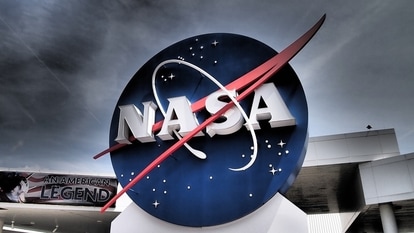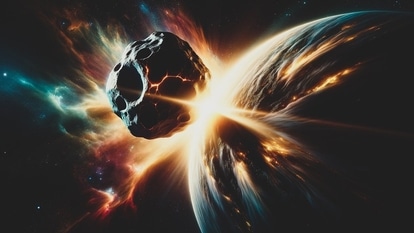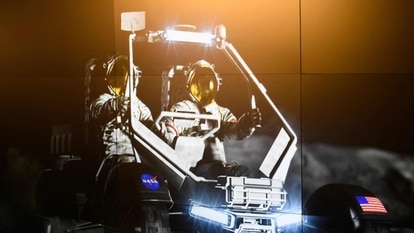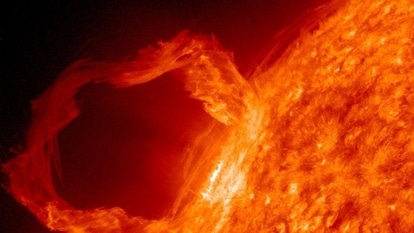Brilliant! NASA’s JWST photo shows planet being BORN; Check out stunning image
An awesome NASA photo, taken by James Webb Space Telescope, shows a star being born in Eagle Nebula. It is virtually in the womb.
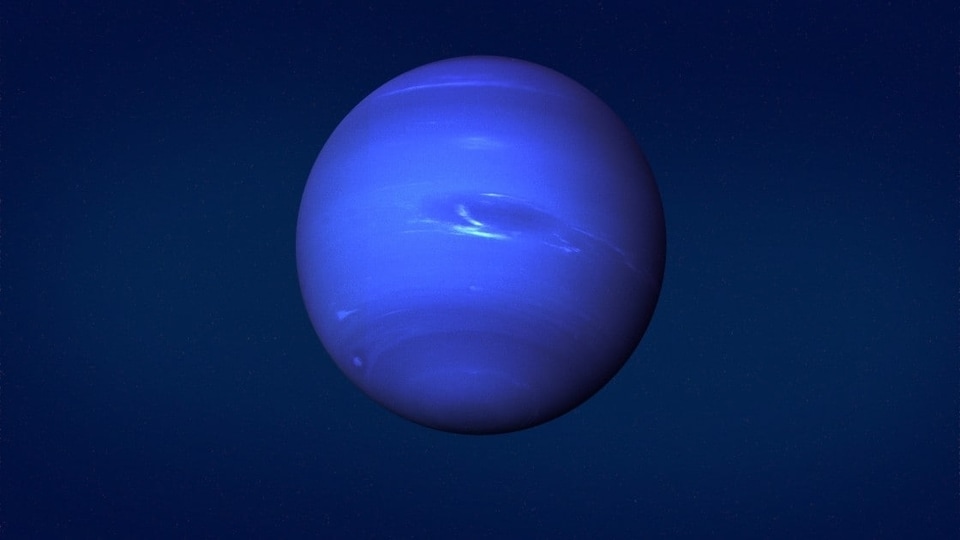
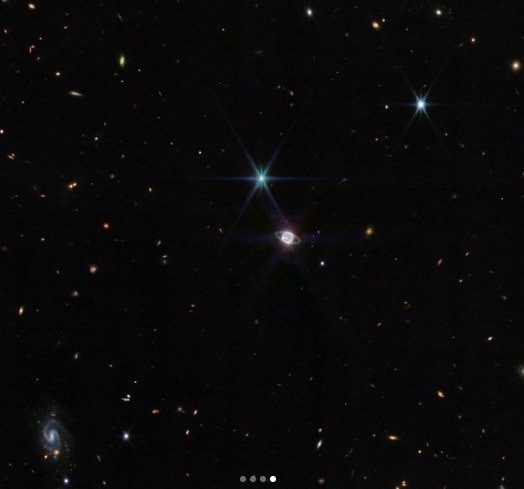
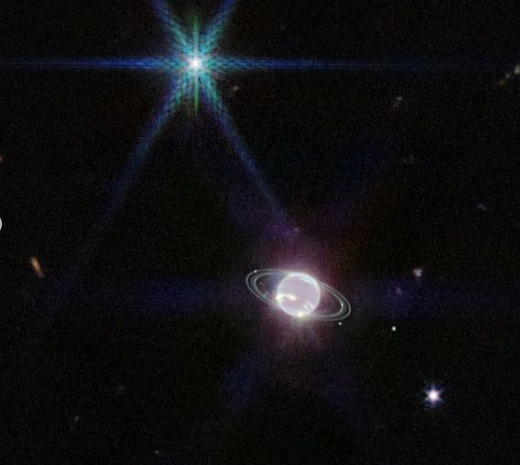
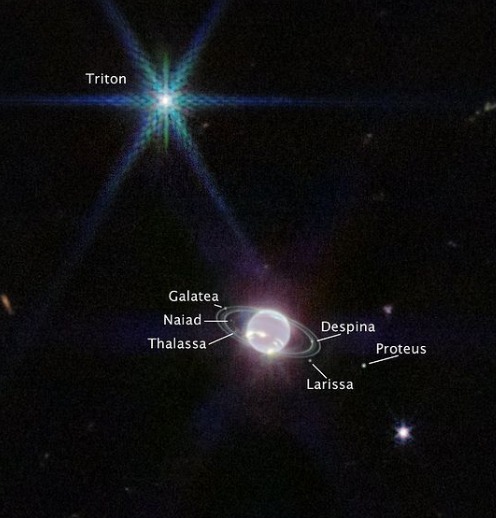
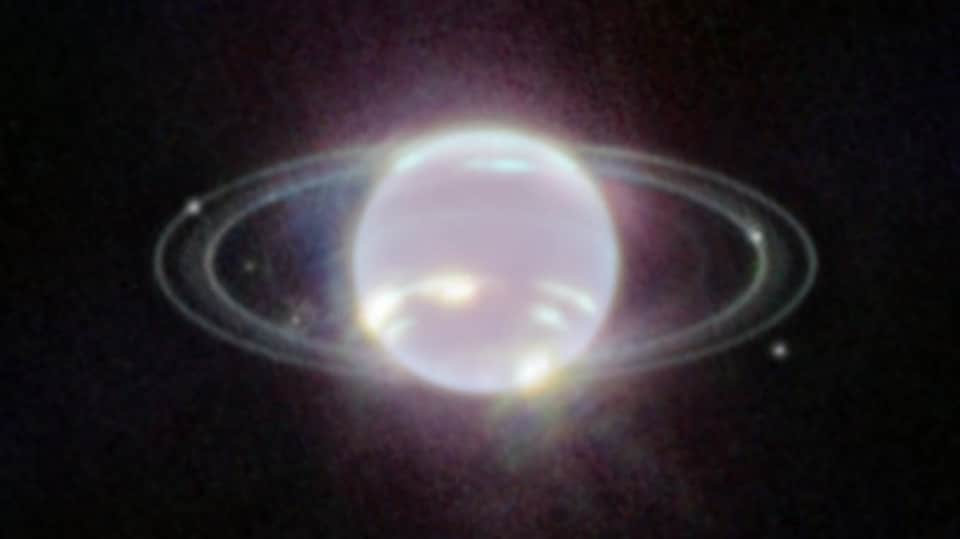
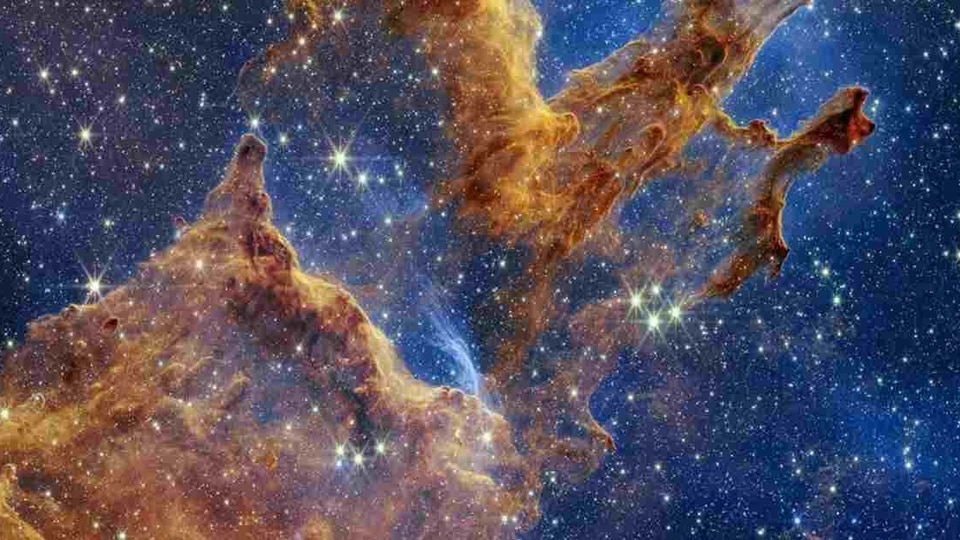
 View all Images
View all ImagesThe James Webb Space Telescope, operated by NASA, has captured the STUNNING formation of a star. The NASA photo shows a planet virtually in the womb itself for all intents and purposes. It is a gas giant in the earliest stages of birth. NASA has captured the spectacular image from the Eagle Nebula's towering tendrils of gas and dust, known as the "Pillars of Creation." These permeable pillars that appear semi-transparent in near-infrared light. Nasa said that these solid rock formations are actually interstellar gases. As per the report, the region is located 6,500 light-years from Earth and within the Eagle Nebula. It was previously seen by the Hubble Telescope in 1995, capturing an iconic image. The image captured by Nasa's JWST revealed that the towering mountains of gas and dust in the Eagle Nebula are one of the most productive star factories in the Milky Way galaxy.
The Eagle Nebula was first discovered by Swiss astronomer Philippe Loys de Cheseaux in the mid-18th century. Charles Messier also independently rediscovered it in 1764 as part of his catalogue, dubbing it M16.
The James Webb Space Telescope, with its dust-penetrating infrared camera, gaze through the shroud with ease, displaying a luminous centre that is giving off so much infrared light (essentially heat) that the galaxy produces the trademark eight-spike refraction pattern usually seen in Webb's images containing bright stars. The image was captured from a combination of data captured by three of Webb's four instruments, the MIRI and NIRCam cameras and the NIRSpec spectrometer, the European Space Agency, which released the image on Tuesday (Oct. 25), said in a statement.
A study describing the findings was recently published in the Astrophysical Journal.
Catch all the Latest Tech News, Mobile News, Laptop News, Gaming news, Wearables News , How To News, also keep up with us on Whatsapp channel,Twitter, Facebook, Google News, and Instagram. For our latest videos, subscribe to our YouTube channel.



